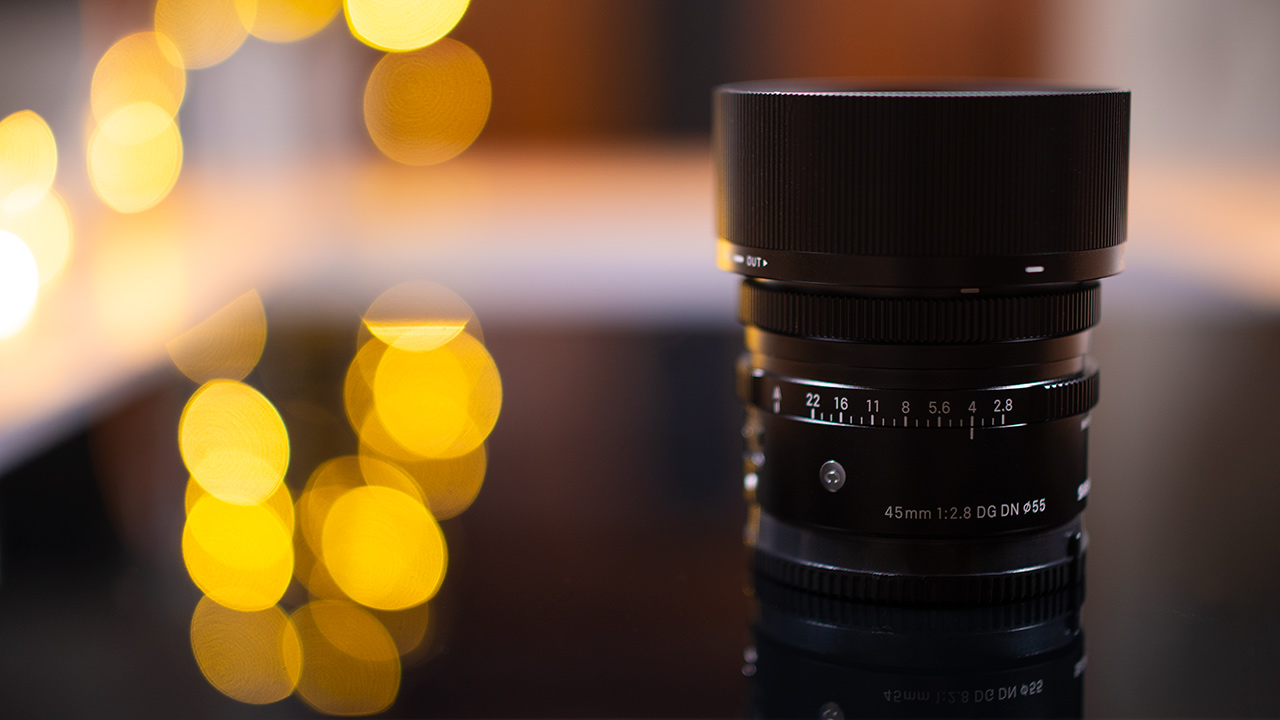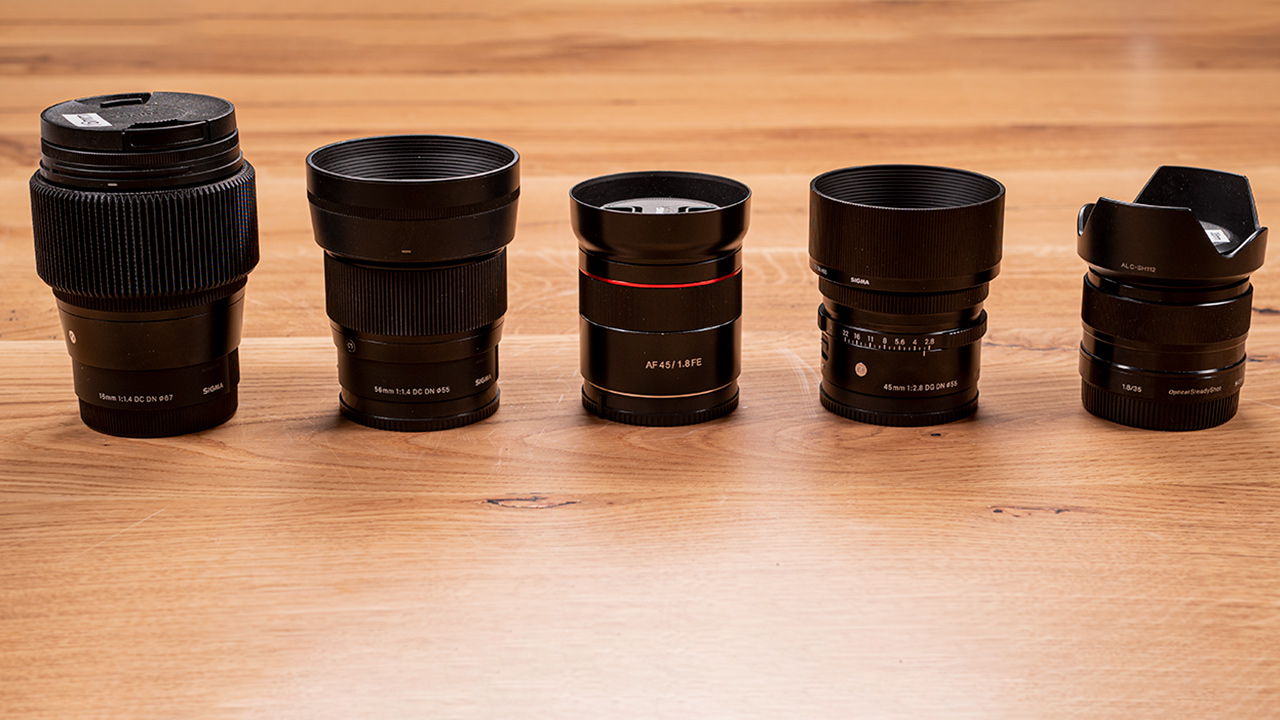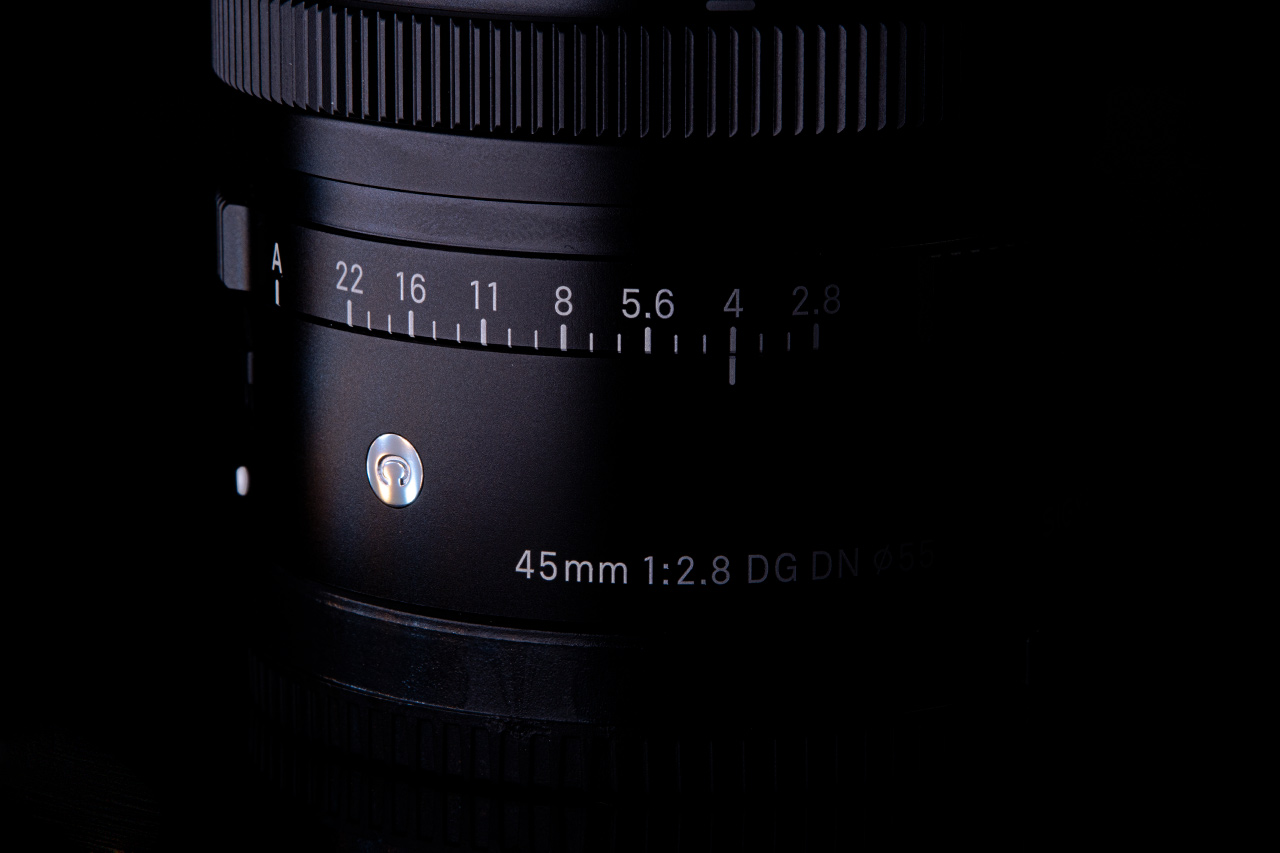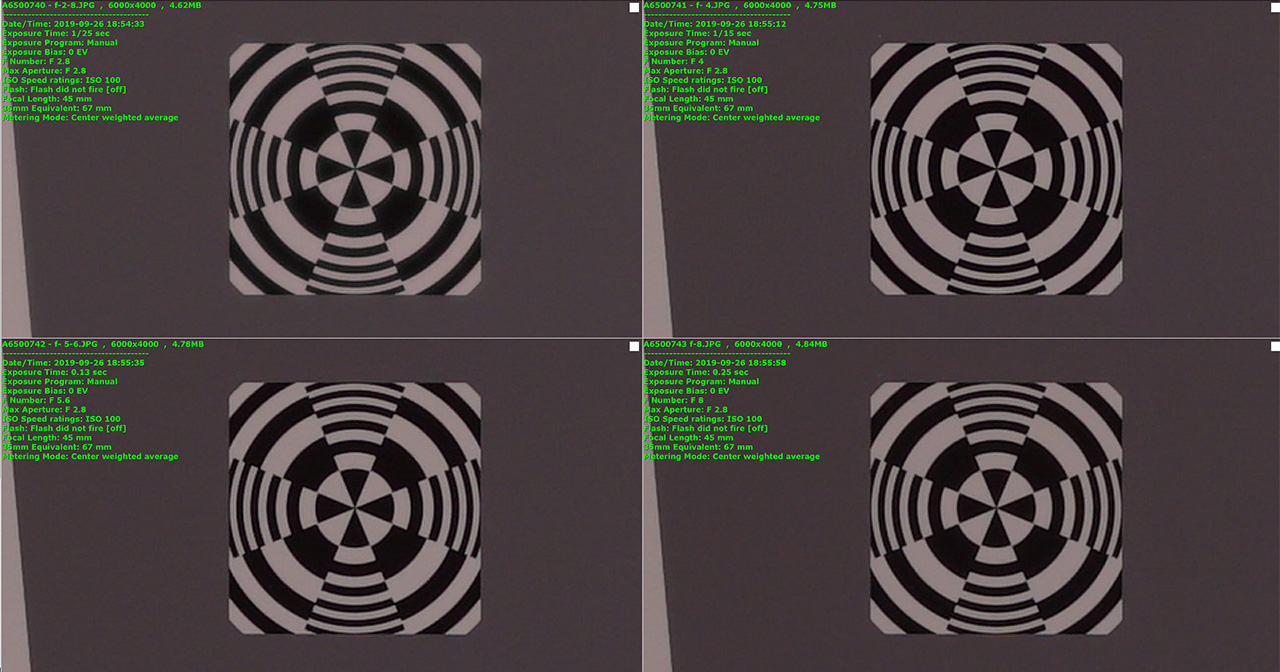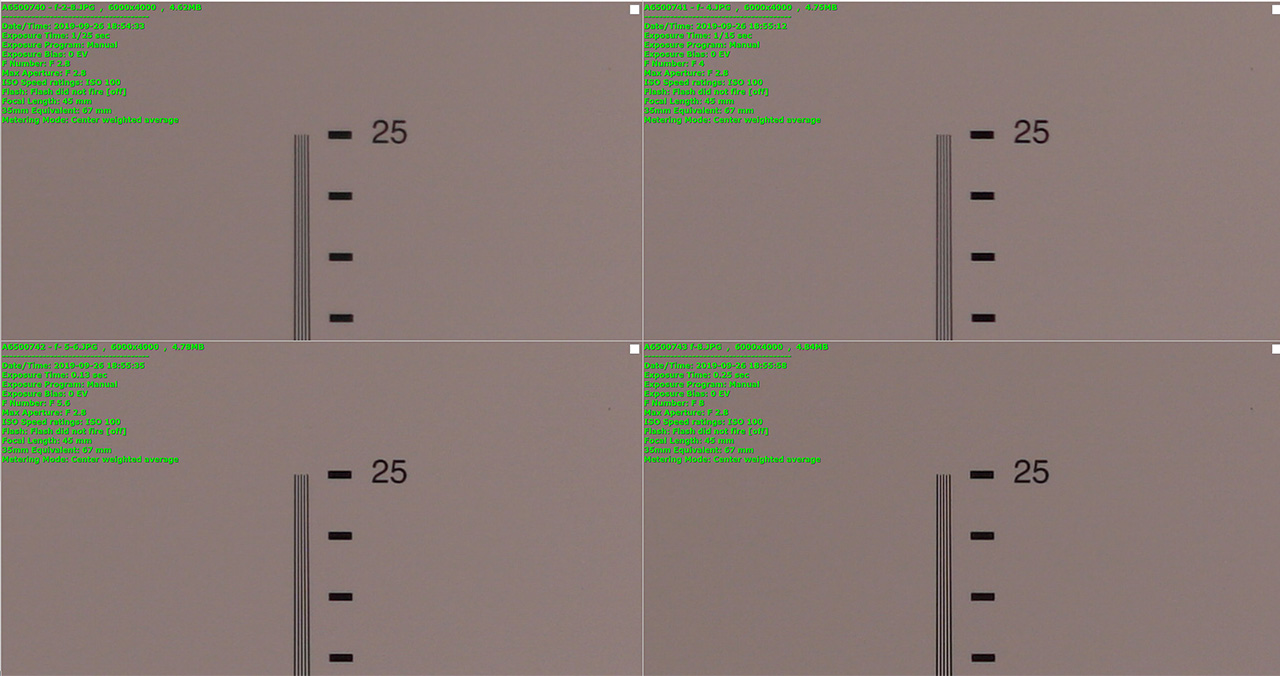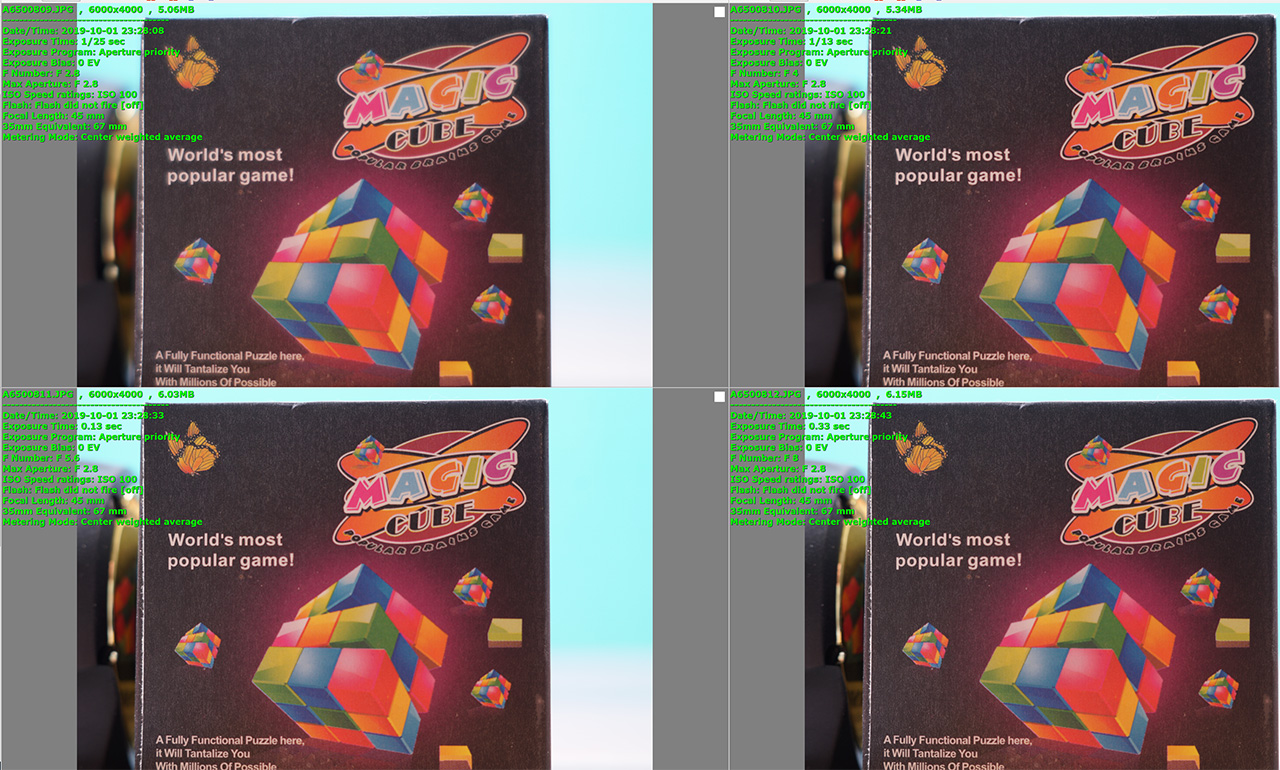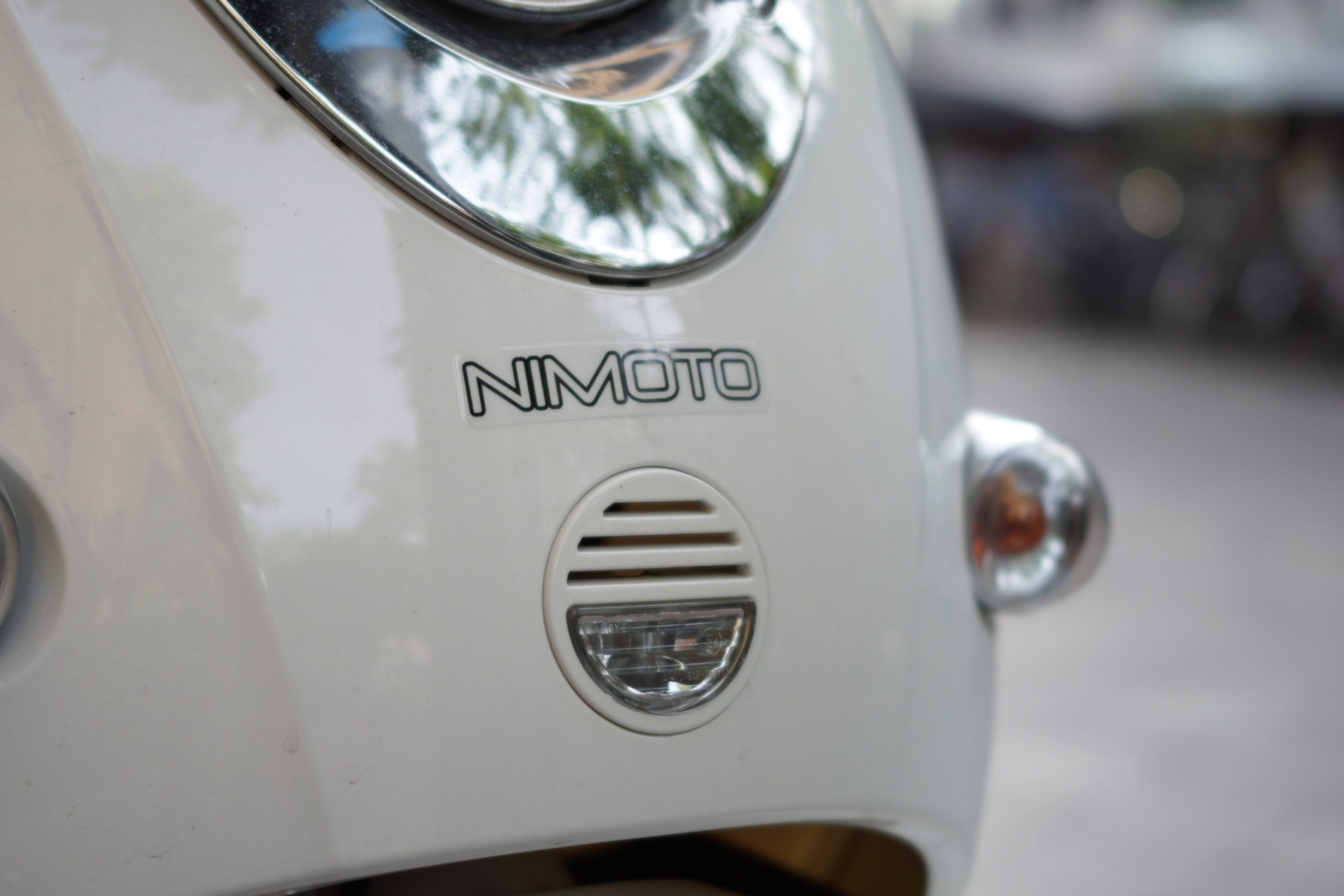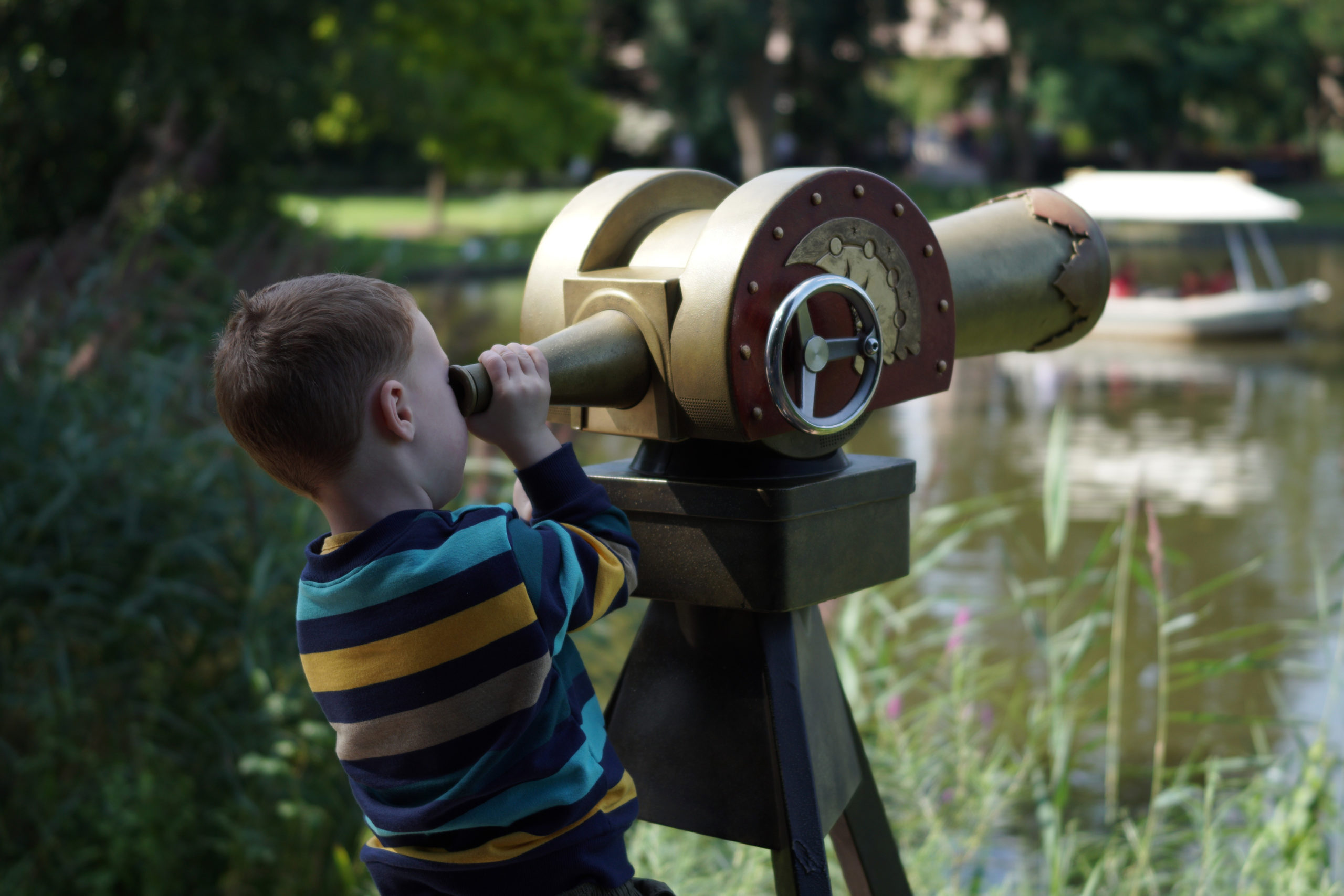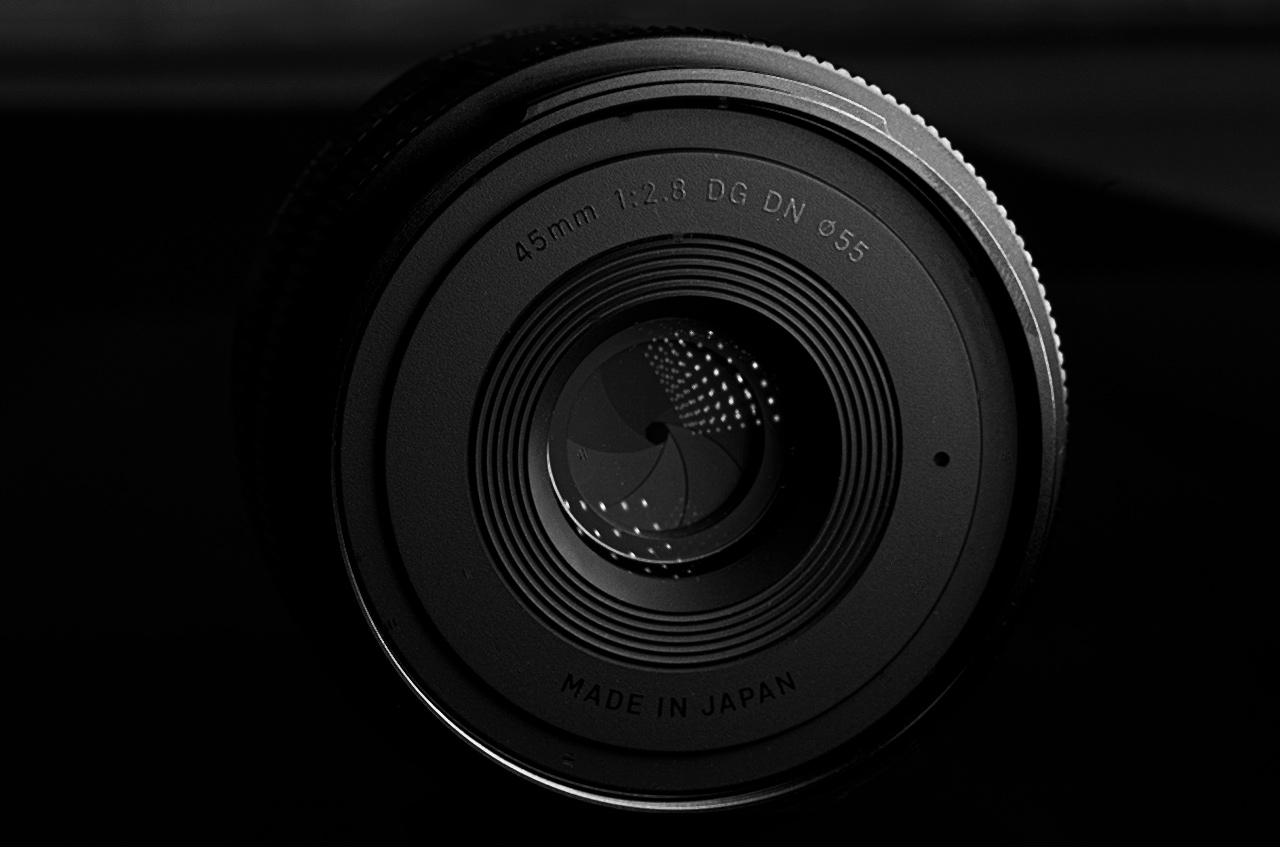Today we will be taking a look at one of Sigma’s latest lenses – the 45mm F2.8 DG DN Contemporary which represents a new design for Sigma lenses.
Our initial plan for this review was to test this new full-frame mirrorless lens on the Sony A7R Mark IV with its high-resolution sensor, however, there have been issues getting this camera locally and so we had to rely on our Sony A6500 APS-C camera for this test. We will be adding some links to a number of other reviews performed using Full Frame bodies later on to give you some more perspective.
With this review, we will be trying a new lens testing methodology that we are hoping to perfect in upcoming reviews looking at different aspects of the design, build, and performance.
Before we start it is worth mentioning that the 45mm F2.8 is a completely new design from Sigma which is unlike any previous Sigma lens from recent years. It was developed specifically for Sony FE mount and the Panasonic, Leica and Sigma L mount and it includes several design features with a retro feel but a modern touch.
A new and exciting design – Sigma 45mm F2.8 DG DN Contemporary
Design and build
Optical Design
The lens has a rather simple optical design with 8 elements in 7 groups including 2 aspherical elements and an aperture with 7 rounded blades.
Materials
The lens is made of metal and it feels fantastic in the hand. Unlike other Sigma lenses, everything here seems to be made of metal including the rings and the hood.
Size and weight
The lens is extremely compact at just under 5cm (or 2″) without the hood or 7cm (3″) with it. Despite its metal build, it is barely over 250 grams (9 oz) with the hood and it is as close to a pancake lens as Sigma currently has in its full-frame line.
Size comparison – left to right – Sigma 16mm f/1.4, Sigma 56mm f/1.4, Samyang 45mm f/1.8, Sigma 45mm f/2.8, and Sony 35mm f/1.8 (APS-C)
Rings
The lens has two rings – one for focusing and another one for controlling the aperture. The aperture ring is probably the biggest difference of this lens compared to other Sigma lenses, it moves in clicks of 1/3 stop increments, has a very nice feel and an automatic mode that lets the user control the lens from the camera.
One note, you can’t de-click the ring so this might not be ideal for videographers.
The focus ring is quite narrow and is way too close to the hood. Otherwise, it is smooth and has a nice resistance to it. The lens has a fly by wire mechanism so no hard stops on this one. As we noted, both rings are made of metal and have a nice texture to them.
Classic and modern design combined
Buttons/Switches
The lens has an AF/MF (autofocus/manual focus) switch which does not exist on any of the APS-C mirrorless lenses from Sigma and is a very welcome addition. It is much easier and faster to change from autofocus to manual focus this way and we hope to see this included in all of Sigma’s lenses including upcoming APS-C lenses from now on.
Stabilizer
Like other mirrorless lenses from Sigma, this lens has no image stabilization of any kind so you are counting solely on your camera’s image stabilization.
Sealing
According to Sigma, the lens has a splash-proof structure with a special sealing to make the lens more resistant to dust/rain. We used it in the summer so we can’t really comment on how well it performs in this respect.
Mount
As we have mentioned this lens currently comes in E-mount or an L mount and covers a full-frame sensor. We only had a chance to use the E-mount variant for this review. The mount itself is made of metal.
Hood
This is the first modern Sigma lens that we are aware of that has a metal hood, it is about 2cm deep (just under 1″) and it has nice groves both inside and outside.
Filter
The lens has a 55mm filter although the actual front element of this lens is significantly smaller.
Performance
Focus speed
The focusing speed of this lens was very fast and with our Sony A6500 we achieved a positive focus lock very quickly on both AF-S mode and AF-C mode. On the video side, as you can see from our test, focus moved from target to target in a nice gradual way without any jumps. We assume that with newer Sony cameras performance will be the same or better.
Focus accuracy
The focus accuracy also seemed to be spot on in all of our tests and we hardly encountered any miss focuses that were not our fault.
Sharpness
Sharpness is the most intricate aspect of this lens. This will be the first time that we will be using our brand new high-quality IMATEST resolution chart and we hope to improve our use of it in future reviews.
As you can see from a distance of about 2.5 meters (just over 8 ft), which was required for the 45mm lens to fill the frame with the chart, sharpness is quite good wide open at f/2.8. This is true for both the center and the corners although moving to f/4 and above we do see a slight improvement, especially in contrast, with performance peaking somewhere between f/5.6 and f/8.
We do have to stress here again that these are results from our Sony A6500 which is an APS-C camera with a 24MP resolution. However, based on what we have seen from other reviews who tested this lens on high-resolution full-frame cameras from the A7R series, it seems to be a good representation of how the lens will work on those cameras as well.
Our Imatest chart from ~2.5m (8.2ft) center (top left – f/2.8, top right – f/4, bottom left – f/5.6, bottom right – f/8)
Our Imatest chart from ~2.5m (8.2ft) corner (top left – f/2.8, top right – f/4, bottom left – f/5.6, bottom right – f/8)
Minimum focus distance (sharpness close up)
We also looked at how this lens performs at closer distances and here is where the picture gets a little bit more complicated. On the one hand, this lens has a good minimum close up focus distance of only around 23cm (or 9″) with a pretty nice macro magnification rate of 1:4. However, as you can see from our test shots, at f/2.8 the lens is just way too soft. Moving to f/4, things improve significantly, peaking somewhere around f/5.6.
Sharpness at min focus distance (top left – f/2.8, top right – f/4, bottom left – f/5.6, bottom right – f/8)
We also wanted to see how the lens performs at a more practical distance of about 1m (or 3.3 ft) and again it seems to exhibit the same softness wide open improving gradually from f/4 to f/5.6.
Sharpness at 1 meter (3.3ft) – left – f/2.8, center f/4 and f/5.6 on the right
Chromatic Aberrations (CA)
Moving on to CA, testing the lens we did not encounter any chromatic aberrations.
No visible CA even wide open
Flare
The lens did exhibit a pretty significant flaring when facing direct focused light. Mind you our test is quite extreme, but the performance was not as good on this front compared to a number of other lenses that we tested.
Vignette
Testing a full-frame lens vignette on an APS-C body doesn’t make a whole lot of sense but we have done it anyway. Looking at other reviews it seems to be fairly well controlled on full-frame cameras as well (see Dustin Abbot’s review – here and opticallimits/photozone which did seem to encounter quite a bit of vignette on their test).
Barrel distortion
We did not encounter any significant barrel or pincushion distortion with the lens.
Bokeh
We do like the out of focus rendering of this lens, too bad the close-up sharpness wide open is so poor.
Nice Bokeh but the close-up sharpness wide open takes the edge away
We took the lens with us on a recent trip to Nederland and had a lot of fun shooting with it in various locations. However, around the middle of the trip, our test lens stopped focusing and we had to send it to the manufacturer for repair and get a replacement lens which we used for the rest of our testing. As far as we know this was an isolated problem with our copy of the lens.
A few sample images we shot with our first sample lens in Nederland
The last image we shot with the first sample lens in Nederland (just as the AF motor failed)
Conclusion
To sum things up, the Sigma 45mm f/2.8 lens is both exciting and a little disappointing at the same time. The exciting part, for us at least, is the all-new external design which is both astatically pleasing and a lot of fun to use with its nice aperture ring and smooth focus ring (maybe aside from the fact that the focus ring is too close to the hood).
We also love the fact that this lens is small and light and has a very fast and responsive autofocus mechanism, which is essentially silent in operation.
Fun lens to use – Sigma 45mm F2.8 DG DN Contemporary
The disappointing part has to do with the fact that this is only an f/2.8 lens (honestly we can live with that), but the real issue is with how soft it is wide open, especially at relatively close distances – something that we are not really used to from other recent Sigma lenses.
Pricing
So is this lens worth buying? at $530 (price fluctuates a bit so keep a close eye) this isn’t a super cheap lens, especially given its relatively slow aperture and its sharpness performance wide open, and so it is hard to recommend it to most users.
However, we do think that anybody doing day street photography, where focus distances are typically 2m (6+ feet) or above, might really enjoy using it, just as we did on our recent trip, just remember to close the aperture down a little if you get closer to your subject.
We do have another 45mm lens review coming up soon so be sure to stay tuned.
You can check out more LensVid exclusive articles and reviews on the following link.

You can support LensVid by shopping with our affiliate partners
Affiliates: Amazon, B&H, Adorama and E-bay.
Why should you trust us?